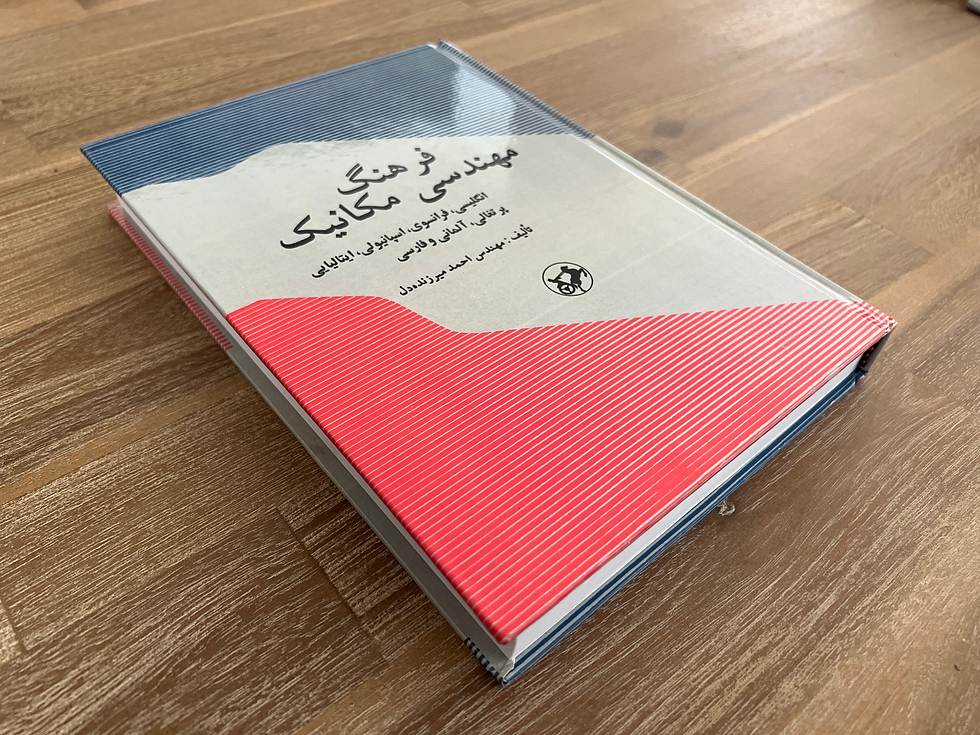Manifestation of Chess in Persian Literature
Research and Compilation by:
Ahmad Mirzendehdel
Publication Year: 2015

The present introduction does not intend to either review the history of chess or discuss its long-disputed Persian or Indian origin as it takes more than an "introduction" to reasonably attribute the origin of chess to a specific nation or civilization. It rather attempts to provide a concise explanation of a few symbolic representations and figurative aspects of chess as an ancient game which not only crossed cultural and geographical boundaries but also eliminated language, social-class, religion and race barriers so far as its players were concerned, as manifested in Persian literary works of elegant poem and prose including both the Persian classics and the contemporary literatures with the view to make the delicate chess-related allusions tangible for non-Persians.
It is of paramount importance to note that throughout the many centuries of Persian history, certain concepts of moral, cultural and social significance to the audience, i.e., both the public at large and the court of the kings, were always effectively conveyed and solidly established in their hearts and minds if they were stated in an eloquent poetic language. Taking into consideration such a distinct characteristic of the Persians, the eminent scholars hence conveyed their invaluable advice and messages based on their life-time knowledge and experience, using mystic symbols including those associated with chess and chess-oriented concepts.
As signified by the title of the book, it reviews the literary works composed in the course of many centuries ever-since chess became a popular game in ancient Persia, thus revealing that chess as the analogy of battle between two belligerent forces of equal military strengths and identical strategic positions at the beginning of the conflict, trying to defeat one another under a well-defined "code of warfare", constituting the clear rules of the game and moves of the chessmen, was not played just for the sake of pleasure. Numerous texts suggest that in the eyes of the Persians, chess depicts challenges of life encountered by humans[1] in addition to the necessity to master such skills of living as taking guard against potential attacks, escaping from dangers at the right time, sacrificing the right belonging and exercising effective vigilance[2] and look-out not to fall victim to a crafty scheme[3] and most importantly, understanding the adversary's mentality and weaknesses which are hinted in each and every move of the opponent, thus reminding us that life is a trade-off of possibilities in which the creativity to take advantage of opportunities by making "unexpected and brilliant moves" plays a decisive role in the outcome of the game of life.
Beyond any shadow of doubt, application of certain chess-allusions implies that the Persian writers must have been well-familiar with the rules and regulations governing the game, otherwise such allusions would have been proved to be naive and thus a failure in delivering the message to the audience.
[1] - زندگي شطرنج دنيا و دل است قصة پر رنج صدها مشكل است (مهدي صديق)
[2] - بر سر شطرنج چُست است اين غراب تو مبيـن بازي به چشــم نيـم خواب (مولوي)
[3] - زنهار سوي خانة بيگانه رخ منه انديشه كن كه تا نبود دامگاه مات (علاءالدولة سمناني)

